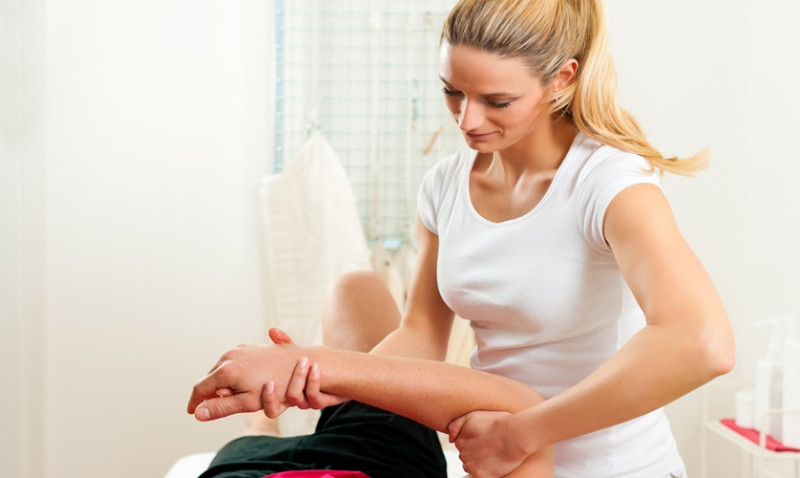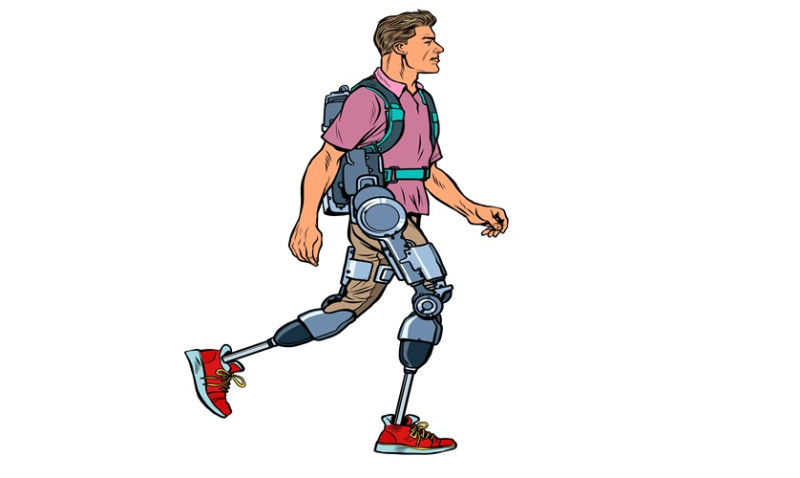
Neck and upper back pain are rapidly becoming some of the most common complaints among UK’s professionals, DIY enthusiasts, and tradespeople alike. From long hours on laptops to physically demanding tasks like lifting, painting or working overhead, daily strain on the upper trapezius muscle can lead to persistent pain and reduced mobility. One effective method to combat this discomfort is the Upper Trapezius Functional Release Technique – a sophisticated but accessible method that can dramatically improve your neck and shoulder health.
Understanding the Upper Trapezius Muscle
The trapezius is a large, triangular-shaped muscle that spans from the base of your skull, across your shoulders and down the middle of your back. The upper trapezius (UT) is the segment that runs from the neck to the top of the shoulder. It plays a critical role in supporting arm and neck movements and is often overworked due to poor posture, repetitive strain, or stress-related muscle tension.
In many daily tasks – whether you're sketching floorplans on a laptop, sanding down a wall, lifting materials, or even scrolling on your phone – the UT is constantly active. Over time, this leads to tightness and trigger points, known to cause burning sensations, soreness, even tension headaches or numbness in nearby areas like the arms.
Understanding how the upper trapezius functions is the first step to appreciating why it can become a trouble spot and why targeted release can offer significant pain relief and mobility improvement.
Common Causes of Upper Trapezius Pain
Many UK workers and creatives unknowingly provoke trapezius overuse. Some common issues include:
- Poor posture during working at desks or computers, especially without ergonomic support
- Repetitive overhead lifting common in plumbing, electrical, and construction tasks
- Prolonged static positions while driving or working at drawing boards
- Stress and emotional tension—the trapezius is a known stress-based muscle and often tightens reflexively
- Imbalances from strong anterior (front) muscles and weak posterior (back) chains
When caught early, these issues can respond well to self-care. However, chronic tension may evolve into fibrous trigger points that react best to targeted interaction—enter the functional release technique.
What Is the Functional Release Technique?
The Functional Release Technique (FRT) is a hands-on, targeted approach to manually relieving muscle tension and improving mobility through assisted movement patterns. Unlike general massage, FRT involves applying firm, sustained pressure on tight muscle fibres while simultaneously moving the joint or limb through its functional range of motion.
This combination helps:
- Break up myofascial adhesions
- Increase blood flow to affected areas
- Stimulate neuromuscular re-education
- Support better posture and muscle balance
- Reduce or eliminate pain
FRT can be performed by a practitioner, such as a sports therapist or physiotherapist, but with some adaptation, you can attempt simplified self-release techniques at home using your hands or self-massage tools like massage balls or foam rollers.
How to Perform a Self Upper Trapezius Functional Release
Before you begin, make sure the area is warm, either by applying a heated pad or taking a warm shower. This helps make the muscle tissue more pliable and receptive to release.
Here’s how you can try a simplified self-release for your upper trapezius muscle:
- Sit or stand with good posture. Relax your shoulders and ensure your head is not leaning forward.
- Locate the trapezius. Using your opposite hand, feel for the thick, rope-like muscle that runs from the base of your neck to your shoulder.
- Apply pressure. Once you find a tender spot or "knot", press your fingers into it firmly but not so hard that it causes intense pain.
- Move dynamically. While maintaining pressure, turn your head slowly away from the side being worked on and tilt the ear toward the opposite shoulder. Gently nod your head up and down.
- Repeat on both sides. Hold each tender point for 30-60 seconds and perform 1-2 rounds per side.
This simple sequence helps gently stretch and contract the muscle fibres while pressure is applied, encouraging faster release and restoration of mobility.
Benefits of Regular Upper Trapezius Release
If carried out regularly (recommended 2–3 times per week), the Upper Trapezius Functional Release Technique can yield several benefits, particularly for those engaged in physically demanding or desk-based lifestyles:
- Reduction in neck and shoulder pain
- Improved posture and range of motion
- Lower risk of tension headaches
- Improved breathing patterns and sleep quality
- Enhanced athletic and work performance
This technique is not just a short-term fix, but a long-term investment in your musculoskeletal health, especially when incorporated into a proactive self-care routine.
Prevention and Post-Release Care Tips
While FRT addresses existing tension, prevention is the true key. Here's what you can do consistently to prevent recurrence:
| Preventive Tip | Suggested Action |
|---|---|
| Ergonomic Work Setup | Adjust seating, screen height, and keyboard positions to avoid neck flexion |
| Posture Reminders | Use posture apps or sticky note cues to realign shoulders and head |
| Strength Training | Incorporate scapular stabiliser and neck mobility exercises |
| Stretching | Include gentle neck and shoulder stretches daily |
| Stress Management | Practice deep breathing, meditation, or yoga to reduce overall muscle tension |
Following these tips helps to maintain the benefits of the Functional Release Technique while reducing your reliance on manual interventions.
When to Seek Professional Help
If your neck and shoulder pain persists despite regular self-treatment, becomes worse over time, or is accompanied by numbness or radiating pain down your arm, it's time to consult a physiotherapist or qualified manual therapist.
They can provide comprehensive care plans and use enhanced techniques like dry needling, cupping, or electrotherapy alongside functional release methods to accelerate recovery and prevent future issues.
Take Control of Neck and Upper Back Discomfort
In today’s busy workspaces—be it a design studio, a construction site, or your own DIY craft room—physical aches can stunt creativity, productivity, and overall health. The Upper Trapezius Functional Release Technique is a simple, empowering tool to help remove one more major barrier between you and your best work.
With consistency, proper care, and a holistic approach, you can take control of your musculoskeletal health, reduce daily discomfort, and improve the way you move and feel every day.
Ready to make this a part of your routine? Try it today and experience the relief for yourself.






